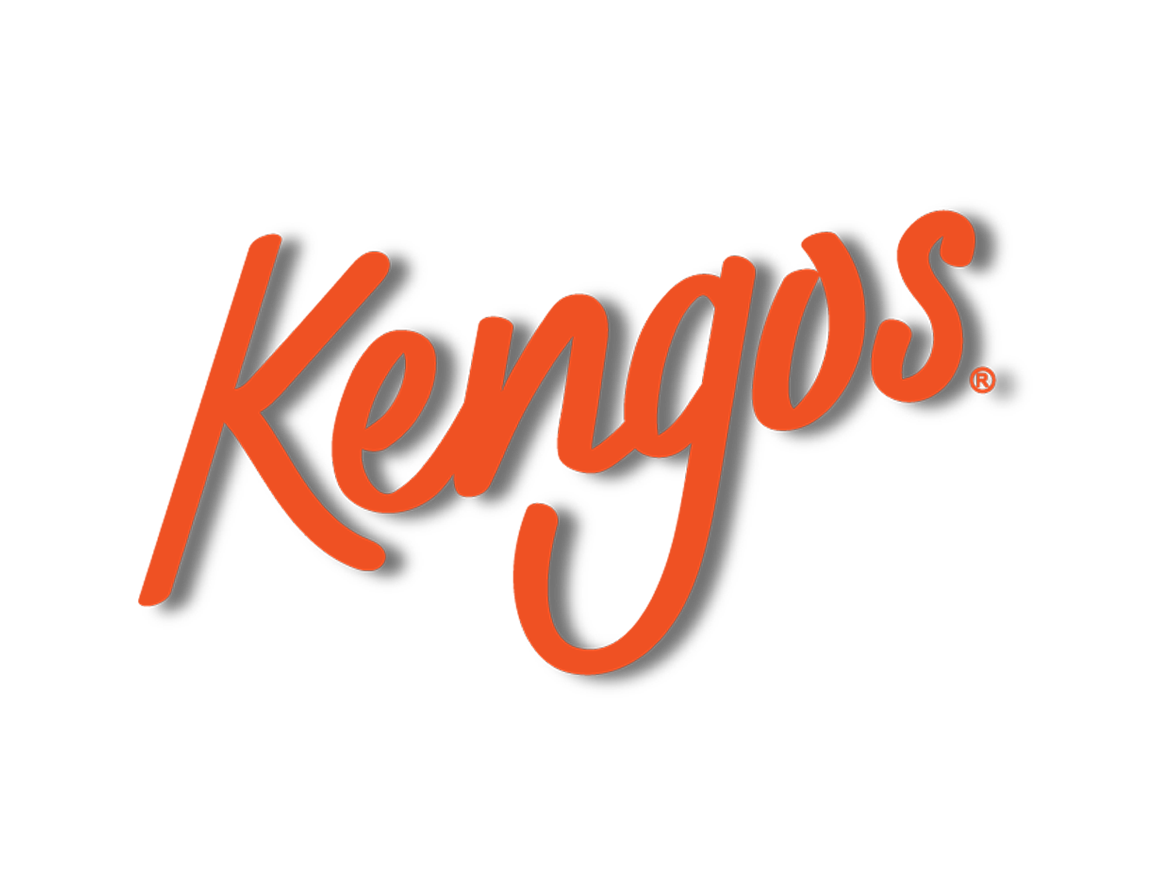Our Process


1Knot Construction
Kengos hand made, glue free 1Knot™
construction is assembled without the
use of any adhesives and only 6 components.
We believe less is more
Our Materials
Locally sourced smooth leathers and suedes are ethically raised, responsibly made, and free of toxic chemicals. Mushroom and cactus leather are the future of plant-based fashion, free of petrochemicals and biodegradable. 100% plant based corn and cotton knit is as light on your feet as it is on the planet.







Shop All

Our Story

Contact Us



